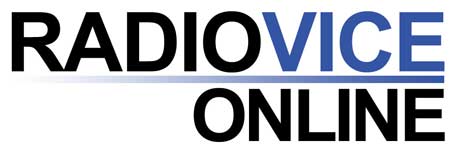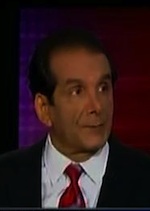Posts Tagged ‘economic stimulus’
A payoff, not a stimulus
Another great moment in Charles Krauthammer history. After Republicans pointed out yesterday the waste in the President’s porkapalooza stimulus bill (money for ant research) … Krauthammer couldn’t resist the opportunity to call it like he sees it and he sees with great clarity and very little political correctness.
Read MoreObama takes over Congress’ job – writes his own health care bill
It’s not supposed to work this way, but our federal leaders continue to make up new policy, procedures and unconstitutional legislation at every turn. President Obama will introduce his own health care legislation and post it on the White House Web site tomorrow or Monday.
Read MoreFederal stimulus fail – “Weatherize your home” program buried in red tape
Part of the Obama administration’s stimulus program included a plan to weatherize 600,000 homes in three years – and “save or create” jobs of course – has only completed somewhere between 9,000 and 22,000 homes during it’s first year. The program cost is $5 billion.
Read MoreWashington is stopping job creation
As Ronald Reagan said, government isn’t the solution, it’s the problem. This little clip starts with Jim Cramer and ends with Alan Greespan both agreeing. Washington’s crazy socialist agenda of spend and control has business frozen in its tracks with no intention of hiring until absolutely necessary. Watch and learn you lefties. httpv://www.youtube.com/watch?v=HpRr-Zb6vBk Greenspan went…
Read MoreGeorge Will to Obama: Next time use a spoon
This is just a great piece of video. This Week’s round table discussing the lack of job creation despite the “stimulus”, something that even Ariana Huffington gets. But former “Clintonista” and big time lefty John Podesta clings desperately to the “It’s Bush’s fault” excuse.
Read MoreLet them dig ditches
Spoken like a man who probably hasn’t dug a ditch, wouldn’t dig a ditch, wouldn’t know a ditch if he hit one in the road. On This Week Sunday Nobel Prize winning economist Paul Krugman, one of the Sunday morning “wizards of smart” (thank you Rush Limbaugh) thinks he has a great idea to stimulate…
Read MoreThe most outrageously outrageous stat counting ever UPDATE: Cavuto finds a believer
The White House has come up with a new spin on jobs created or saved and well … imagine you’re in an economics class and you turn in a paper that says this. Now imagine your Professor laughing (yes, even the liberal ones), and then imagine the “F” you are going to get on your…
Read MoreCreated or Saved? Fuzzy Math
Fox’s Major Garrett, among others, tried to hold WH Press Secretary Robert Gibbs feet to the fire on the “jobs saved or created” fuzzy math coming from the White House. Garret wonders, when you have 500,000 people filing for unemployment each week, how can you crow about 600,000 jobs? Gibbs answer is classic.
Read MoreStimulus + Connecticut = 20 jobs
Honestly I am not kidding … 20 jobs. Just to review: $780 billion dollars in stimulus money, approved by Congress in February Connecticut is awarded $47 million (hey we’re small state) Connecticut has received through September $1 million Total jobs created … 20. Yup, 20. But please, don’t take my word for it … straight…
Read MoreCash for clunkers…the final chapter
The verdict is finally in on the “cash for clunkers” program, and I doubt that any rational person will applaud. I know you will find this hard to believe, but, it appears that new car sales weren’t “stimulated” at all, they were just moved from one time period to another. Last week U.S. automakers reported…
Read More
